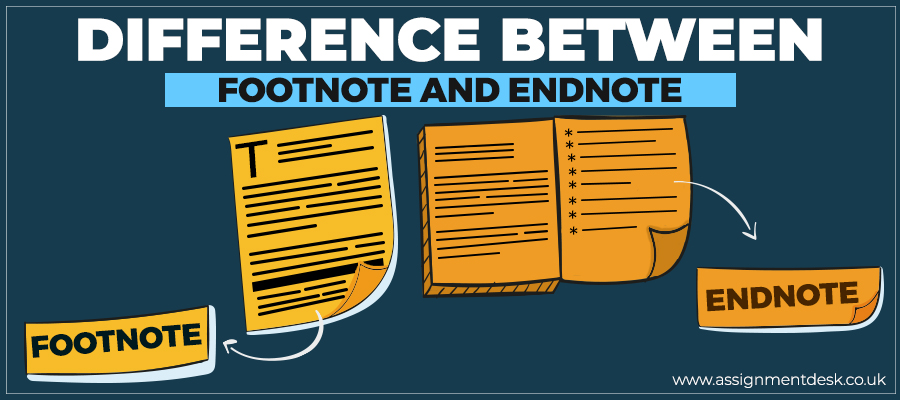

How to use and write Footnotes and Endnotes in academic papers Core Skills for Early Career Researchers.In summary, footnotes and end notes differ in the following areas:ġ.Footnotes and end notes differ in their location because footnotes are placed below the page whereas end notes are placed after the entire text or chapter, but definitely before the bibliography.Ģ.Footnotes are observed to be more accessible while end notes are seen to be a more organized way of arranging text notes especially if they are long. They are not only necessary but are also vital in making the text more understandable and properly documented. Hence the next time you get hold of a reading material, please pay attention to all those numbers and notes written for you to know. In this regard, end notes have also become an avenue to discuss any additional material like a long stretch of quotations or a series of graphs and tables. Thus, end notes do not affect the overall image of the page being referenced. They found end notes to be more organized and neat looking most especially if the notes are very lengthy. However, some readers also like to use end notes. In the case of end notes, this becomes worse if every chapter starts with the number one. Readers simply can’t constantly flip from the page being actively read to the page where the end notes are placed. Footnotes are more accessible than end notes because they are found nearer to the actual text being referred or referenced to. In terms of the reader’s reading comfort, they usually prefer footnotes over end notes. On the other hand, end notes are usually seen at the ‘end’ of the entire text or at the last part of every chapter, but these are the notes that always come before the bibliography page. With super scripted numbers indicating a point to which there is a note, the readers are expected to look for its corresponding note below the page that bears the super scripted number in the actual text.

Footnotes, from the term itself, are the notes or small entries placed at the foot of the page. The key difference between the two is their placement in the text. Often left unread, footnotes and end notes almost share the same definition when actually they don’t. Two of these are the end notes and footnotes. In one complete text, for example, aside from the table of contents and bibliography, there are many parts of the standard text that need to be given importance.


They simply continue reading these without paying close attention to the other important details. Except journalists and seasoned writers, people are often plagued with numerous small texts, numbered entries, superscripts and references in their reading material.


 0 kommentar(er)
0 kommentar(er)
